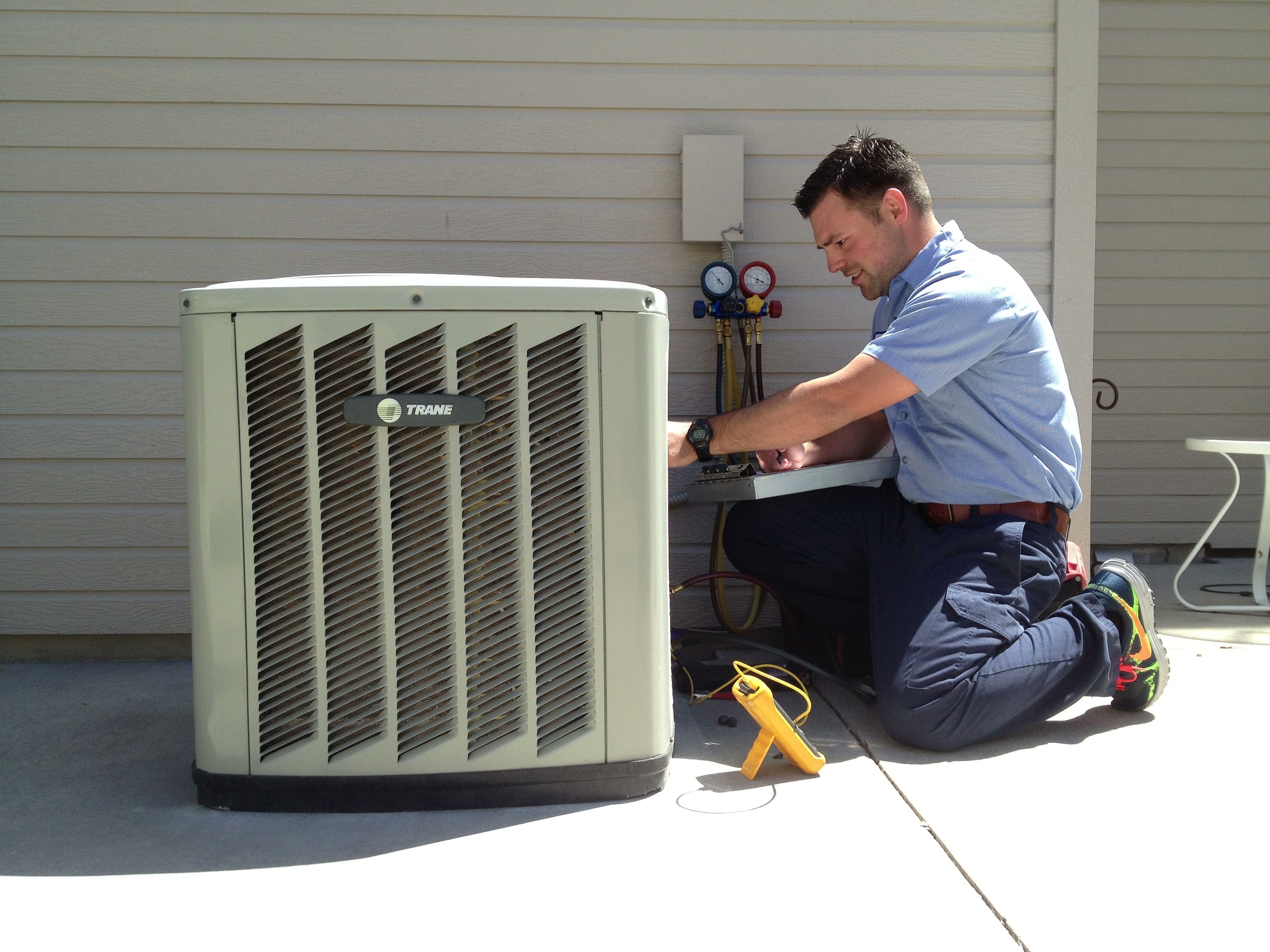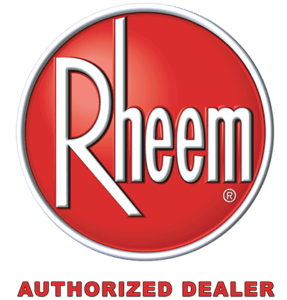

INSULATION
You can reduce your house’s cooling and heating costs through proper insulation strategies. These strategies will also make your residence much more comfortable.
Any air sealing efforts will match your insulation efforts, as well as the other way around. Correct moisture control and ventilation methods will certainly improve the efficiency of air securing as well as insulation, as well as the other way around.
As a result, a residence’s energy efficiency depends on an equilibrium between every one of these elements:
- Air securing
- Insulation
- Dampness control
- Airflow
* A correct equilibrium in between all of these aspects will likewise lead to an extra comfortable, much healthier home atmosphere.
Exactly How Insulation Functions
You need insulation in your house to supply resistance to heat flow. The more heat flow resistance your insulation gives, the reduced your heating & cooling expenses.
Warm moves naturally from a warmer to a cooler room. In the winter season, this heat flow moves straight from all heated living spaces to adjacent unheated attics, garages, cellars, as well as also to the outdoors. Warm flow can additionally move indirectly through indoor ceilings, wall surfaces, and also floors-wherever there is a distinction in temperature. During the air conditioning season, heat streams from the outdoors to the inside of a residence.
To preserve convenience, the heat lost in the winter needs to be changed by your heating unit and also the warm gained in the summer needs to be eliminated by your air conditioning system. Appropriately shielding your residence will reduce this heat flow by offering a reliable resistance to the circulation of warm.
An insulation’s resistance to heat circulation is gauged or ranked in terms of its thermal resistance or R-value.
Including Insulation to an Existing House
Unless your home was specially created for energy performance, you can generally lower your energy expenses by including extra insulation. Lots of older homes have much less insulation than residences developed today, but adding insulation to a more recent house might additionally spend for itself within a couple of years.
To figure out whether you need to add insulation, you first need to discover how much insulation you already have in your residence and where.
A qualified home energy auditor will consist of an insulation check as a routine part of a whole-house power audit. A power audit will also help recognize areas of your house that are in need of air sealing. (Before you insulate, you must ensure that your house is effectively air secured.).
If you don’t desire a power audit, you require to find out the following:
- Where your residence is, isn’t, and/or should be shielded.
- What sort of insulation you have.
- The R-value and the thickness or deepness (inches) of the insulation you have.
If you reside in a newer residence, you can possibly learn this information from the builder. If you live in an older residence, you’ll need to check the insulation on your own if you don’t want an energy audit.
Checking as well as Examining Your Insulation
- Check the attic, walls, as well as floors beside an unheated space, like a garage or basement. The structural components are typically revealed in these areas, that makes it simple to see what sort of insulation you have as well as to measure its depth or density (inches).
- Examine the outside walls using an electric outlet:
- Switch off the power to the outlet.
- Remove the outlet cover as well as shine a flashlight right into the fracture around the electrical outlet box. You should have the ability to see if there is insulation in the wall as well as potentially exactly how thick it is.
- Pull out a percentage of insulation if needed to assist determine the sort of insulation.
- Check electrical outlets on the initial and also upper floorings, if any type of, as well as in old and new parts of a residence. Just because you locate insulation in one wall surface doesn’t indicate that it’s almost everywhere in the house.
- Evaluate and also gauge the density (inches) of any type of insulation in incomplete basement ceilings and also wall surfaces, or above crawl spaces. If the crawl space isn’t ventilated, it may have insulation in the boundary wall. If your home is fairly new, it might have been constructed with insulation outside the cellar or structure walls. If so, the insulation in these rooms won’t show up. The contractor or the initial home owner could be able to tell you if exterior insulation was used.
- Once you have actually figured out the kind of insulation you have in these areas as well as its thickness (inches), see the U.S. Department of Power’s on-line Insulation Reality Sheet for just how to determine the R-values of insulation previously set up in your home.
The R-Value of Insulation.
An R-value indicates an insulation’s resistance to heat circulation. The greater the R-value, the better the insulating effectiveness.
The R-value depends upon the sort of insulation and includes its product, density, and thickness. When computing the R-value of a multi-layered setup, add the R-values of the individual layers. Setting up more insulation in your house boosts the R-value as well as the resistance to warm flow.
The effectiveness of an insulation’s resistance to warm flow likewise relies on exactly how and also where the insulation is mounted. For instance, insulation that is pressed will not provide its complete rated R-value. The total R-value of a wall or ceiling will be rather different from the R-value of the insulation itself due to the fact that some heat streams around the insulation via the studs as well as joists. As a result, it is essential to properly install your insulation to achieve the optimum R-value.
The quantity of insulation or R-value you’ll require relies on your environment, the kind of heating and cooling system, and also the area of your house you prepare to protect.
Identifying Suggested R-Values.
When you discover the R-values of your insulation either from an energy audit, the home builder, or your very own examination, you can then utilize the U.S. Division of Power’s Zip-Code Insulation Program to figure out how much insulation you need to include as well as where to accomplish the suggested insulation degrees for maximum energy efficiency.
Sorts of Insulation.
When protecting your residence, you can pick from lots of sorts of insulation. To pick the very best type of insulation, you should initially identify the following:
- Where you want or require to install/add insulation.
- The advised R-values for locations you want to shield.
The table below offers an overview of the majority of the offered insulation forms, insulation products, their setup techniques, where they’re applicable to setup in a residence, and their benefits.

(561) 409-5100
(561) 990-3360

Submit your review | |
Thanks for helping me with my A/c device. I was having major A/c Troubles as well as I called to obtain some help. They came quickly and the price was right. Thanks for every one of the good work my home is nice as well as cool.
